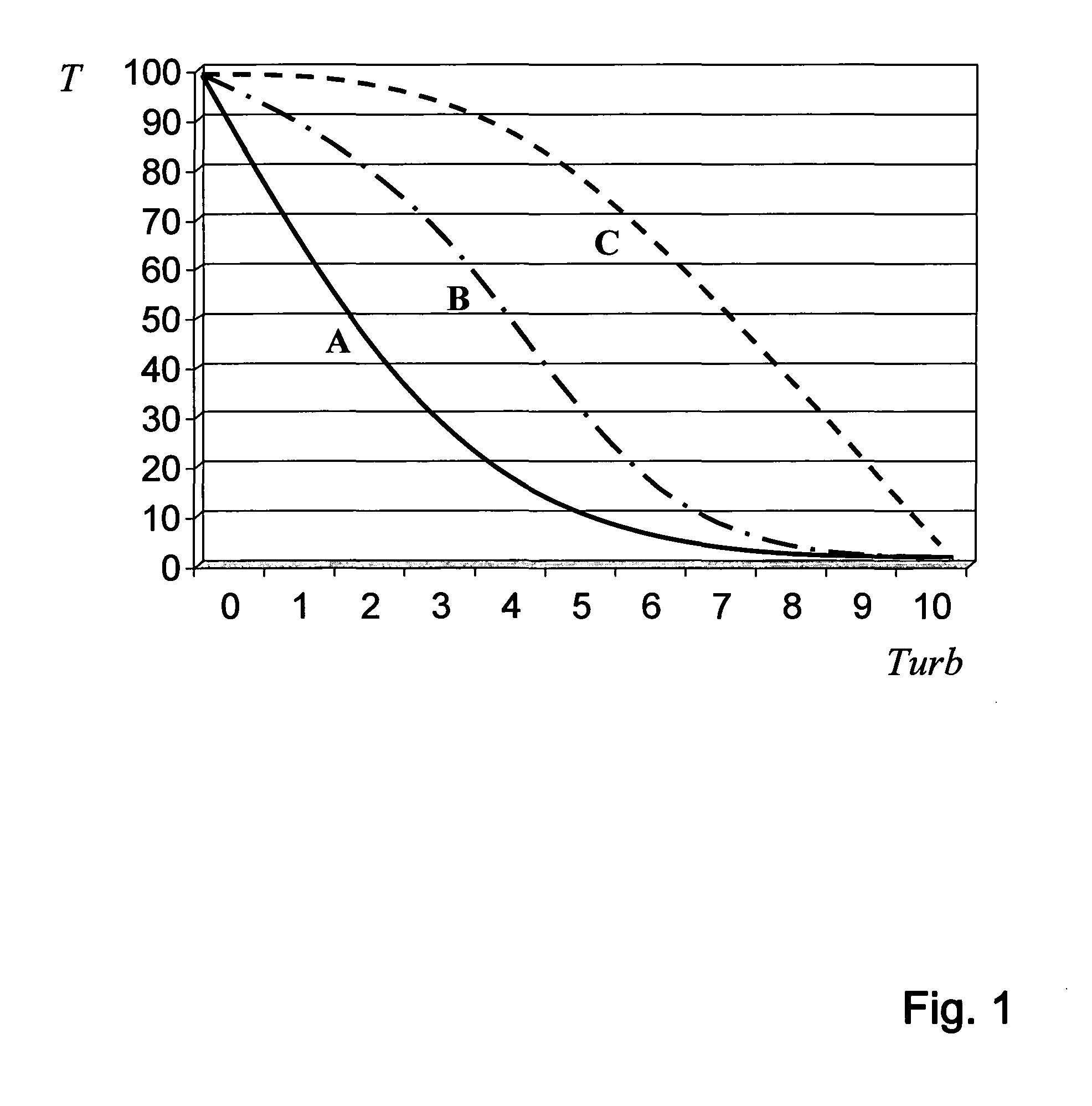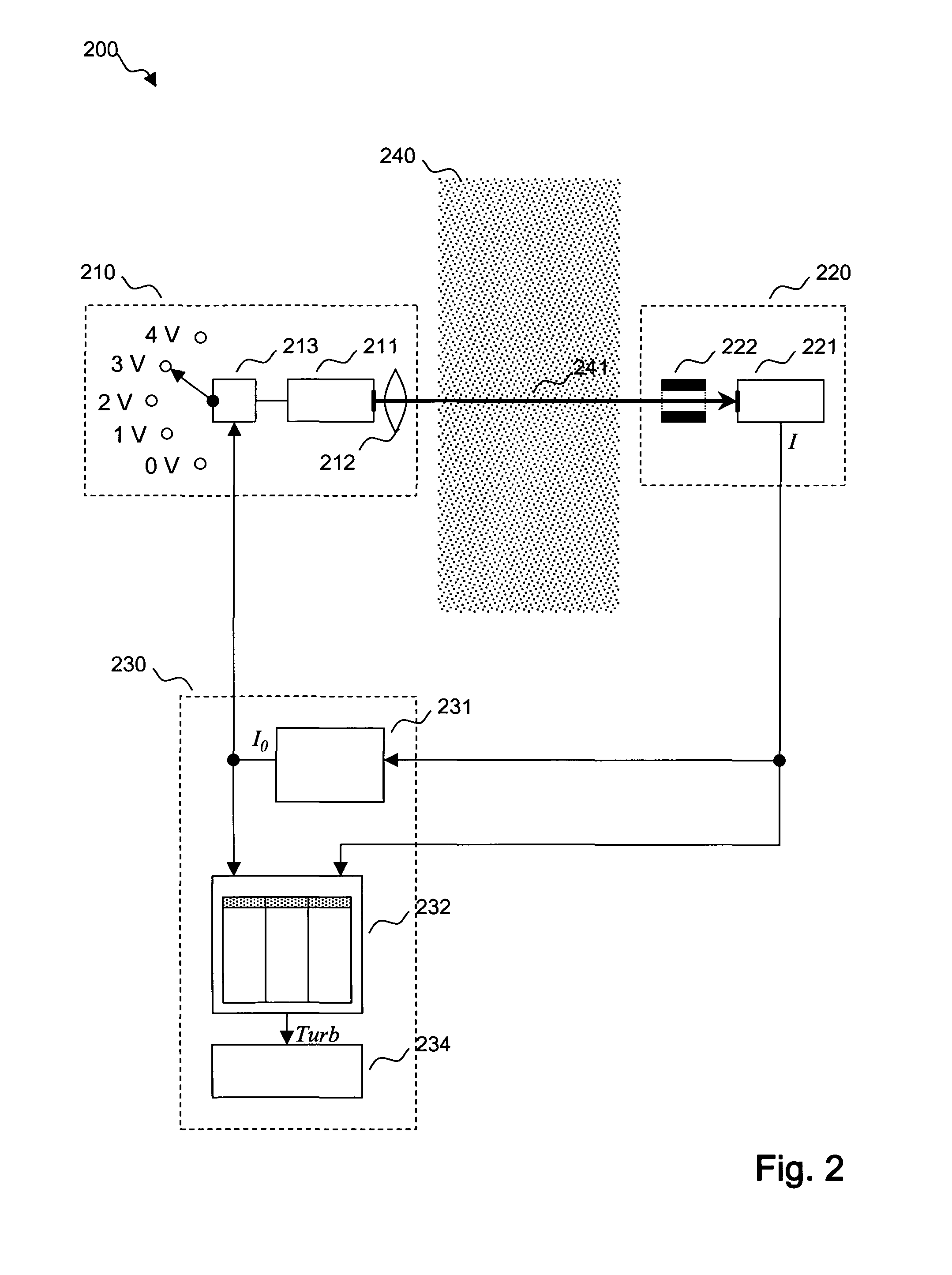Dishwasher
a technology of turbidity measurement and sensor, which is applied in the field of turbidity measurement, can solve the problems of reducing the useful range of light-sensitive elements used in the sensor, affecting the accuracy of the measurement, so as to improve the sensor, improve the accuracy, and improve the effect of sensor quality
- Summary
- Abstract
- Description
- Claims
- Application Information
AI Technical Summary
Benefits of technology
Problems solved by technology
Method used
Image
Examples
Embodiment Construction
The present invention will now be described more fully hereinafter with reference to the accompanying drawings, in which certain embodiments of the invention are shown. This invention may, however, be embodied in many different forms and should not be construed as limited to the embodiments set forth herein; rather, these embodiments are provided by way of example so that this disclosure will be thorough and complete, and will fully convey the scope of the invention to those skilled in the art. Furthermore, like numbers refer to like elements throughout.
In accordance with an exemplary embodiment of the invention, FIG. 2 shows a sensor 200 for measuring the turbidity of a fluid 240. The sensor 200 according to this exemplary embodiment, which is here represented in block-diagram form, comprises a light-emitting portion 210, a light-receiving portion 220 and a processing and controlling portion 230. The light-emitting 210 and light-receiving 220 portions are so positioned that light e...
PUM
| Property | Measurement | Unit |
|---|---|---|
| turbidity | aaaaa | aaaaa |
| transmittance | aaaaa | aaaaa |
| wavelength interval | aaaaa | aaaaa |
Abstract
Description
Claims
Application Information
 Login to View More
Login to View More - R&D
- Intellectual Property
- Life Sciences
- Materials
- Tech Scout
- Unparalleled Data Quality
- Higher Quality Content
- 60% Fewer Hallucinations
Browse by: Latest US Patents, China's latest patents, Technical Efficacy Thesaurus, Application Domain, Technology Topic, Popular Technical Reports.
© 2025 PatSnap. All rights reserved.Legal|Privacy policy|Modern Slavery Act Transparency Statement|Sitemap|About US| Contact US: help@patsnap.com



